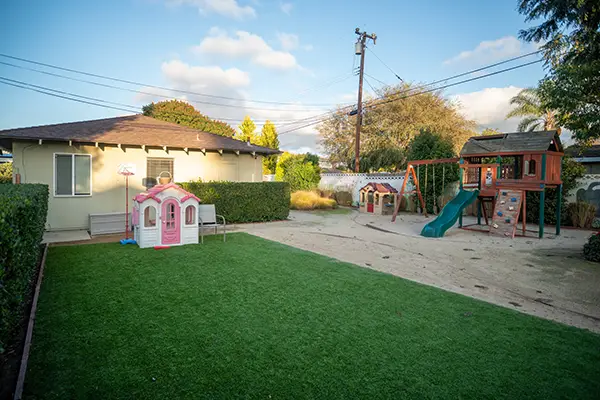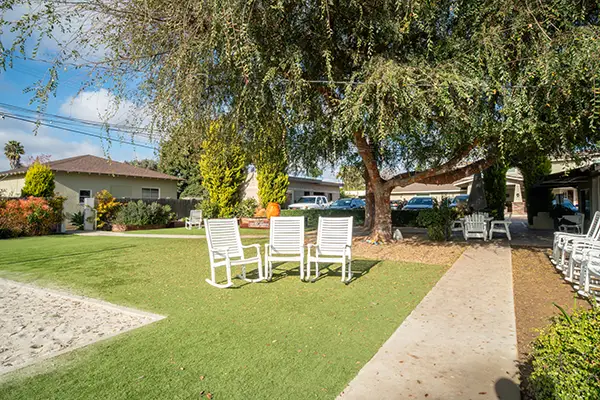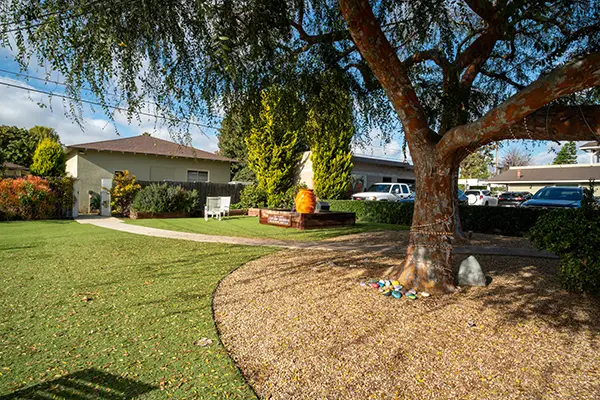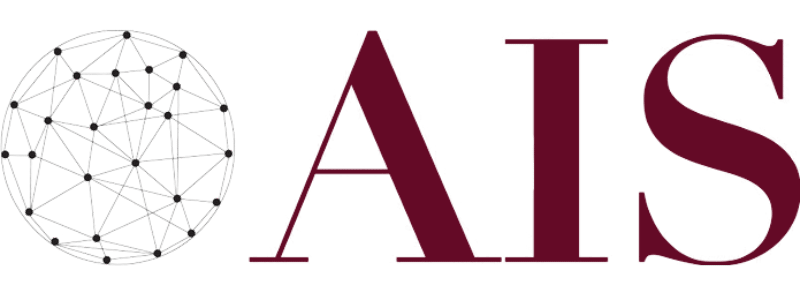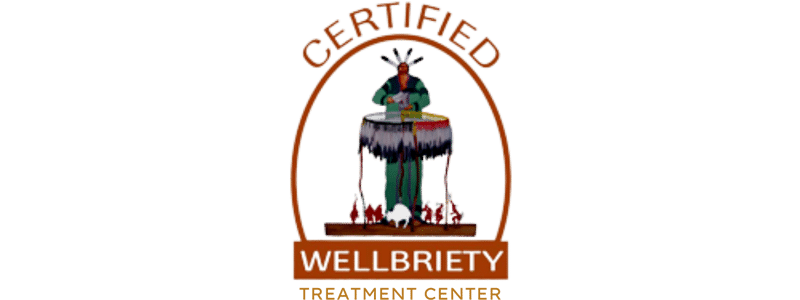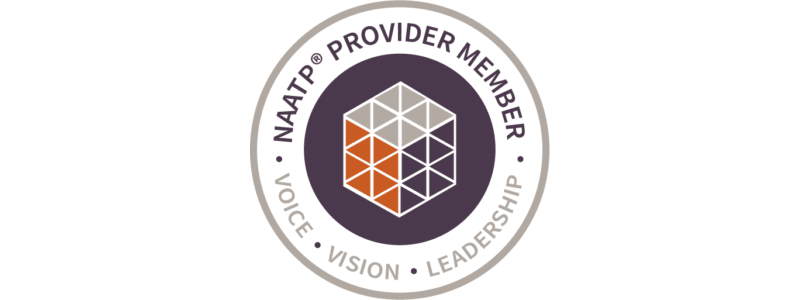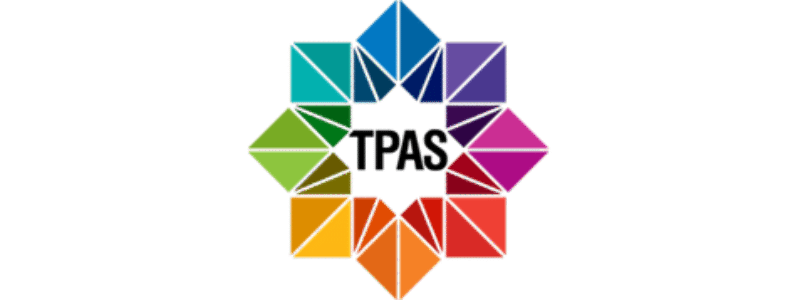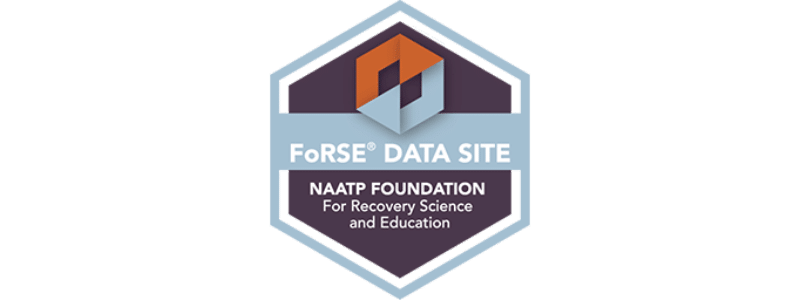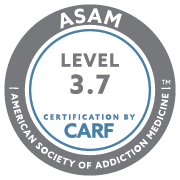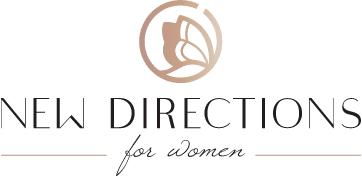 As one of the country’s top addiction treatment centers for women, there are a few myths about addiction that we keep seeing over and over again.
As one of the country’s top addiction treatment centers for women, there are a few myths about addiction that we keep seeing over and over again.
Is it really a disease?
What determines effective treatment?
Is addiction voluntary in the first place?
Let’s take a look at the facts behind these common questions.
Is addiction a disease?
A 2006 Gallup/HBO/USA Today poll questioned US adults with a family member who was suffering from drug or alcohol addiction whether they believed addiction was a disease.
75% of those adults answered yes — they agreed it was a disease. Bear in mind these were the ones who had first-hand experience with addiction, watching a loved one suffer from substance dependency.
Yet they’re in good company. As early as 1785, Dr. Benjamin Rush, the chief physician of George Washington’s army and a signer of the US Declaration of Independence agreed that alcoholism was a disease.
The fact is, though many people place value judgments and stigma on addiction, substance use disorders are strikingly similar to many other chronic conditions like hypertension, heart disease, and diabetes. Even the rate of compliance with treatment and relapse rates for these other illnesses are very similar to addiction treatment. (One of the most common myths is that addiction treatments are generally unsuccessful. Done properly, addiction treatment can have a surprisingly low relapse rate.)
Indications of addiction treatment success
With any chronic illness, whether addiction or diabetes, the rate of adherence to the treatment plan is one of the best indicators that treatment will be successful. Surprisingly, even for hypertension or diabetes many patients find it hard to adhere to treatment.
The fact is that treating addiction using modern methods (as used by New Directions for Women) addiction treatment can often be more effective than the treatments for “normal” chronic illnesses.
For example, 50% of diabetics have to be treated again within a year of being diagnosed because they didn’t stick to their treatment plan. Other chronic diseases often have similar profiles.
About 40% of patients with hypertension will have to get emergency medical care for severe high blood pressure after being diagnosed. Just 30% of adult patients with asthma fully comply with their doctor’s instructions for taking their medicine.
Addiction treatment is, in fact, statistically even more successful than most other chronic disease treatments. The most common problem, relapse, is not necessarily much different from other kinds of common illness. For this reason, New Directions for Women has an extensive aftercare system designed specifically to tackle it head-on.
Is addiction voluntary?
Many believe addiction is self-inflicted and purely voluntary. While it’s true that the decision to try a substance is purely voluntary, it’s normal to experiment and “test the limits” when growing up. Instead, addiction can be looked at like playing the lottery — it’s almost impossible to accurately predict whether a given person will develop an addiction after trying alcohol or drugs for the first time. Once someone has entered an addiction cycle, using drugs or alcohol is very hard to describe as voluntary.
The New Directions for Women treatment program is designed based on decades of practical experience with the realities of addiction. We understand how to break the addiction treatment cycle, prevent relapses, and treat addiction as a disease on every level from the physical to psychological to emotional and spiritual.
If you or someone you know has a chemical dependency, contact NDFW today.

